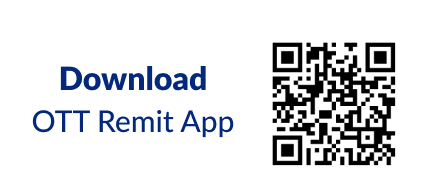
Education and Healthcare
the Impact of Remittances
10 November 2025
Remittances do more than cover daily expenses — they fuel progress in education and healthcare. Discover how billions sent by migrant workers each year help families afford schooling, medical care, and essential services, and explore the global data revealing their powerful impact on human development.
When migrant workers send money back home, they’re doing more than helping with daily expenses —they are investing in the future. Remittances play a vital role in enabling families to afford school, medical care, and other essential services. Below, we dive into what recent studies and statistics tell us about how remittances support education and healthcare in remittance-receiving countries.
Global Remittance Trends
- Remittances to developing countries reach nearly $670 billion in 2023.
- These flows often surpass other forms of external finance like foreign aid or volatile capital inflows.
- Because remittances are relatively stable even during economic downturns, they serve as a buffer for recipient households.
How Remittances Help Education
Recent research gives us a clearer picture of how remittances are channeled into education
- A meta-analysis found that receiving remittances increases educational expenditure by about 35%; in Latin America, that figure can as high as 53%.
- In the UNICEF analysis covering 122 developing countries (1990-2015), a 10% increase in per capita remittances was associated with
- a 3.5% rise in pre-primary enrollment
- a 0.7% rise in secondary enrollment
- a 1.1% rise in tertiary enrollment
- In Eritrea, surveys showed that remittance-receiving households allocate around 26.2% of their remittance income to child education on average.
- Studies also indicate that labelling or earmarking remittances for education (i.e. making it easy for senders to “tag” funds for school) can increase those educational flows by over 15%.
these numbers show that when families receive remittances, a significant portion often goes toward enabling schooling — paying tuition, buying books, uniforms, transpiration, or digital tools.
How Remittances Help Healthcare
The impact of remittances on healthcare is more subtle but still important — recent studies and data reveal some consistent trends:
- In a multi-country study (122 developing nations), a 10% rise in remittances per capita corresponded with a 1.1% increase in total health expenditures and a 1.5% increase in out-of-pocket health spending (i.e. money families spend directly on care).
- According to Our World in Data, some research suggests a 10% increase in remittance income leads 2-4% higher healthcare spending in particular contexts.
- A study in households in developing countries found that families receiving remittances are more likely to spend on primary care, medications, and preventive health services compared to those not receiving them.
- In Sub-Saharan Africa, surveys show that a large share of remitted money is used for schooling, healthcare, nutrition, alongside investment in housing or small businesses.
- In nations like Senegal, more than half of remittances are reported spent on human capital (education, health, nutrition).
These patterns indicate remittances help families access medical services, afford medicines, and mitigate health shocks (illness, injuries), which might otherwise push them into debt or force them to cut back on schooling or other essentials.
A Closer Look: Country Examples & Remittance Sizes
While the data above covers broad patterns, it’s helpful to look at remittance volumes and how large these flows are in key example countries:
- India is one of the top remittance recipients, with inward flows around US $125 billion in 2023.
- Mexico received US $63 billion in remittances in 2023 — making it one of the largest recipients globally.
- Among low- to middle-income countries, remittances often amount to 4-6% of GDP, and in some smaller economies or diaspora-dependent countries, even higher.
While these numbers reflect total remittances (not exclusively for education or healthcare), they help frame how big the resource pool is — from which families allocate funds for schooling, health, and other needs.
What These Numbers Mean — And Their Limitations
These findings are encouraging, but it’s important to keep in mind:
- Not every household allocates remittances in the same way — some focus on consumptions, wages, or emergencies.
- The share that goes to education or health may decline as remittance income rises (i.e. households with higher remittances might devote relatively less proportionally). Some studies observe this “diminishing share” effect.
- Causality is hard to prove — while remittances are associated with more spending on human capital, there may be other factors (household income, local services, government policies) influencing results.
- Data on how much of remittances is specifically used for health or education is still less common than data on overall remittance flows.
Disclaimer: The views and opinions expressed by the authors in this publication are their own and do not necessarily reflect the views of OTT Remit, OTT Financial Inc., and the OTT Group of Companies. This publication is provided for general information purposes only and should not be considered as exhaustive or comprehensive in covering all aspects of the discussed topics. It is not intended to replace seeking advice from a specialist or professional.
How To Send Money with OTT Remit
Follow three simple steps to send money quickly and securely to loved ones anywhere in the world.
Sign up for an account
Enter your name and phone number to create an account with OTT Remit.
Enter money transfer details
Choose your destination country and select one of three remittance methods: Cash Pickup, Mobile Wallet, or Bank Deposit. Enter your recipient's information.
Pay for your transfer
Complete your remittance by making an INTERAC e-Transfer. It's that easy!




